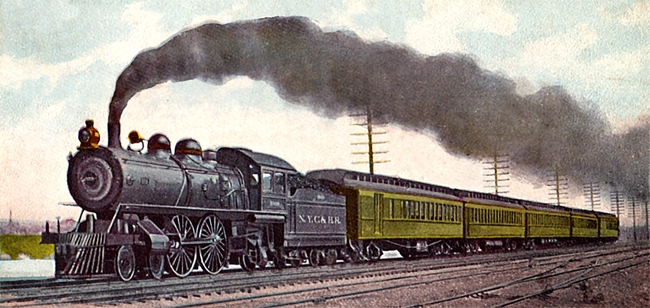och dumbommar är ni allihopa.
förlåt![[cry]](/img/smilies/cry.gif)
Är du hackad, eller.
Harpya:
Är du hackad, eller.
Nej, jag är irriterad och trött på idiotin som pågår här på UM.
Hade min själ varit blott ett uns starkare och mitt behov av att få bli irriterad på oviktiga saker blott ett uns svagare så hade jag avreggat ögonaböj.
XMinGrönaLampaÄrDödX:
Nej, jag är irriterad och trött på idiotin som pågår här på UM.
vad för saker??????? mens lr???
Tråden flyttad från Ungdomar.se/Önskemål och synpunkter på Ungdomar.se
Crypto:
Men wtf? Är inte klotter, är en synpunkt på Ungdomar.se ![[mad]](/img/smilies/mad.gif)
hej
hej
XMinGrönaLampaÄrDödX:
Nej, jag är irriterad och trött på idiotin som pågår här på UM.
Och du lyckas visa det bra med ditt trådspammande.






XMinGrönaLampaÄrDödX:
Men wtf? Är inte klotter, är en synpunkt på Ungdomar.se
väldigt icke-konstruktiv sådan 🙂


The Beijing–Tianjin Intercity Railway (simplified Chinese: 京津城际铁路; traditional Chinese: 京津城際鐵路; pinyin: Jīng-Jīn chéngjì tiělù) is a high-speed rail line between Beijing and Tianjin in China. The 117 km line was built to accommodate trains with a maximum speed of 350 km/h (217 mph), and CRH high-speed trains running on the line reach a top speed of 330 km/h (205 mph). When the line first opened on August 1, 2008, it had the fastest conventional train service in the world, and reduced travel time between the two cities from 70 to 30 minutes.[1][2]

![[tard]](/img/smilies/tard.gif)
![[sad]](/img/smilies/sad.gif)

Types of trains
There are various types of trains designed for particular purposes, see rail transport operations.
~ ~ ~ ~ ~ ~ ~ ~ ~ ~
A train can consist of a combination of a locomotive and attached railroad cars, or a self-propelled multiple unit (or occasionally a single powered coach, called a railcar). Trains can also be hauled by horses, pulled by a cable, or run downhill by gravity.
Related Topics:
Locomotive - Railroad car - Multiple unit - Railcar
~ ~ ~ ~ ~ ~ ~ ~ ~ ~
Special kinds of trains running on corresponding special 'railways' are atmospheric railways, monorails, high-speed railways, Dinky Trains, maglev, rubber-tired underground, funicular and cog railways.
Related Topics:
Atmospheric railway - Monorail - High-speed rail - Dinky Train - Maglev - Rubber-tired underground - Funicular - Cog railway
~ ~ ~ ~ ~ ~ ~ ~ ~ ~
A passenger train may consist of one or several locomotives, and one or more coaches. Alternatively, a train may consist entirely of passenger carrying coaches, some or all of which are powered as a "multiple unit". In many parts of the world, particularly Japan and Europe, high-speed rail is utilized extensively for passenger travel.
Related Topics:
Multiple unit - Japan - Europe - High-speed rail
~ ~ ~ ~ ~ ~ ~ ~ ~ ~
Freight trains comprise wagons or trucks rather than carriages, though some parcel and mail trains (especially Travelling Post Offices) are outwardly more like passenger trains.
~ ~ ~ ~ ~ ~ ~ ~ ~ ~
In the United Kingdom, a train hauled by two locomotives is said to be "double-headed", and in Canada and the United States it is quite common for a long freight train to be headed by three, four, or even five locomotives.
Related Topics:
United Kingdom - Canada - United States
~ ~ ~ ~ ~ ~ ~ ~ ~ ~
Trains can also be mixed, hauling both passengers and freight, see e.g. Transportation in Mauritania. Such mixed trains became rare in many countries, but were commonplace on the first 19th-century railroads.
~ ~ ~ ~ ~ ~ ~ ~ ~ ~
Special trains are also used for track maintenance; in some places, this is called maintenance of way.
Related Topics:
Track - Maintenance of way
~ ~ ~ ~ ~ ~ ~ ~ ~ ~
A single uncoupled rail vehicle is not technically a train, but is usually referred to as such for signaling reasons.
~ ~ ~ ~ ~ ~ ~ ~ ~ ~




